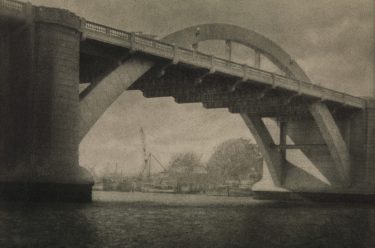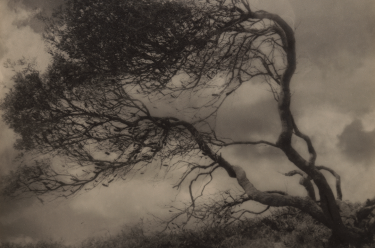The early 20th century saw the rise of new styles of photography worldwide, which influenced photography in Queensland. Encouraged by advances in film development and camera production, camera clubs flourished. Interest in artistic photography resulted in the formation of the Queensland Camera Club in Brisbane in 1923, with the opening of its first Photographic Salon in 1924. Members explored the new soft-focus romantic style of pictorialist photography, taking their lead from the popular landscape tradition in Australian painting at the time.
Stanley W Eutrope ‘Winter’s curtain’

Stanley W Eutrope ‘Passing clouds’
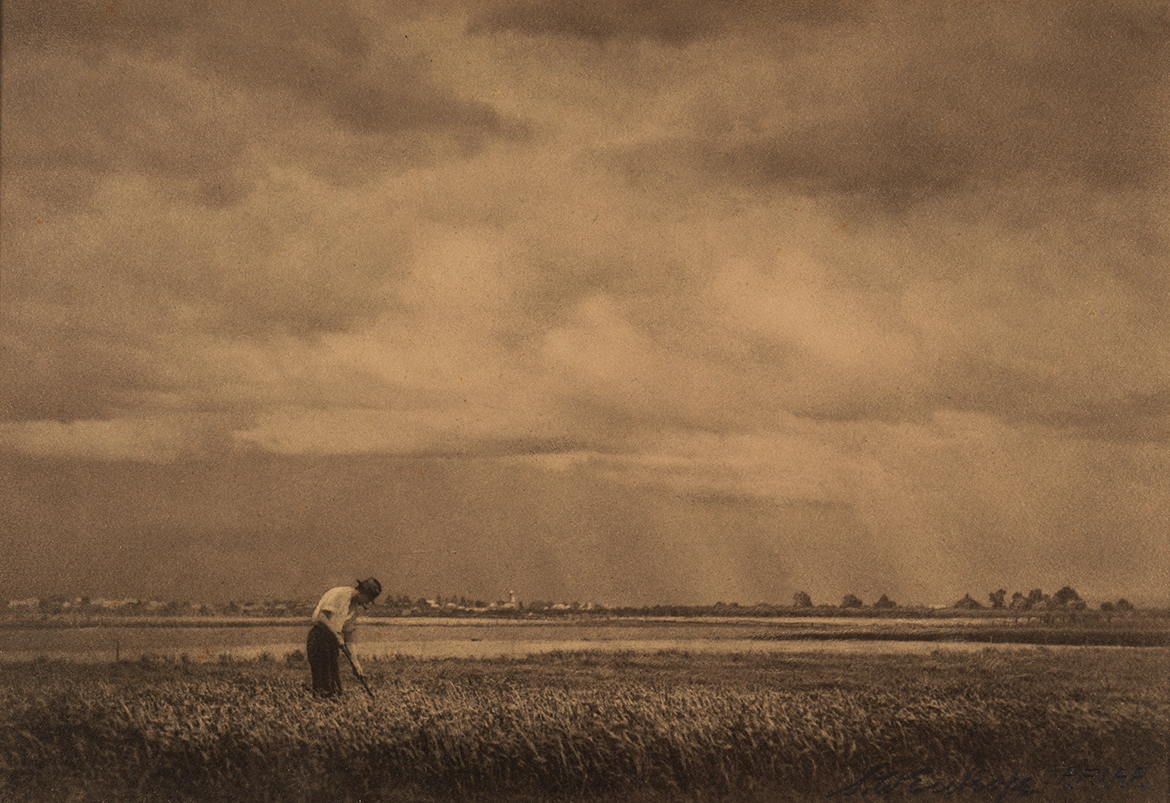
Stanley W Eutrope ‘Pastoral’
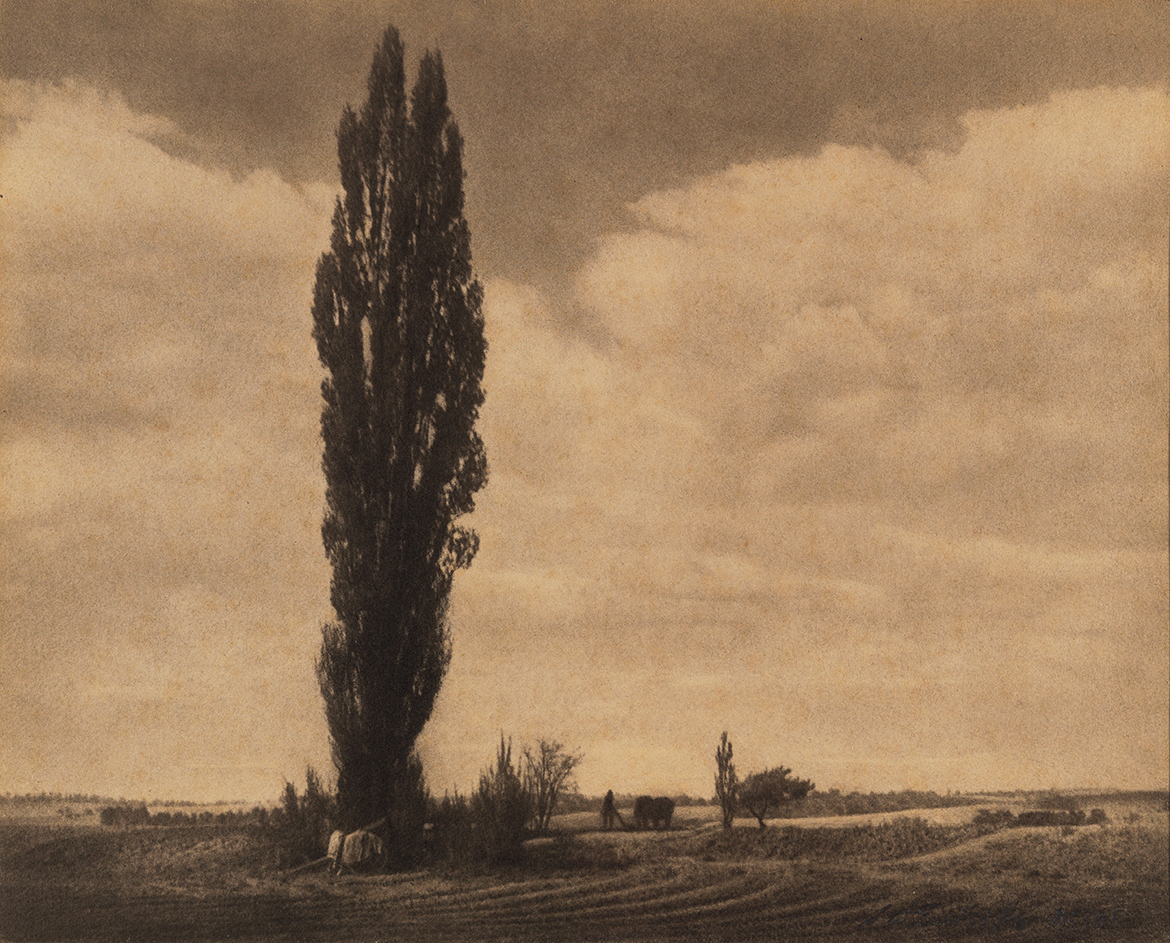
Stanley W Eutrope
Stanley William Eutrope (1891–1983) was born in Melbourne and began exhibiting around 1917. He was invited to become a member of the Victorian Pictorial Workers Society and joined its counterpart, the Sydney Camera Circle when he moved to Sydney in 1920, before travelling north to Brisbane in 1929 to work for Harringtons Ltd, an importer and retailer of photographic goods. In Brisbane he was an active member of the newly formed Queensland Camera Club and a judge of photographic exhibitions, and later worked at Kodak (Australasia) Pty Ltd, Brisbane, until his retirement in 1967.
DELVE DEEPER: Discover more fascinating Queensland Stories
Eutrope was an expert at the bromoil photographic process, his work was noted for its decorative and graphic effects. The process combines photography, painting and printmaking, where a photograph’s silver image is removed and substituted with ink. Bromoils were favoured during the Pictorialist movement, elevating photography to an art form.
Members of the Sydney Camera Circle
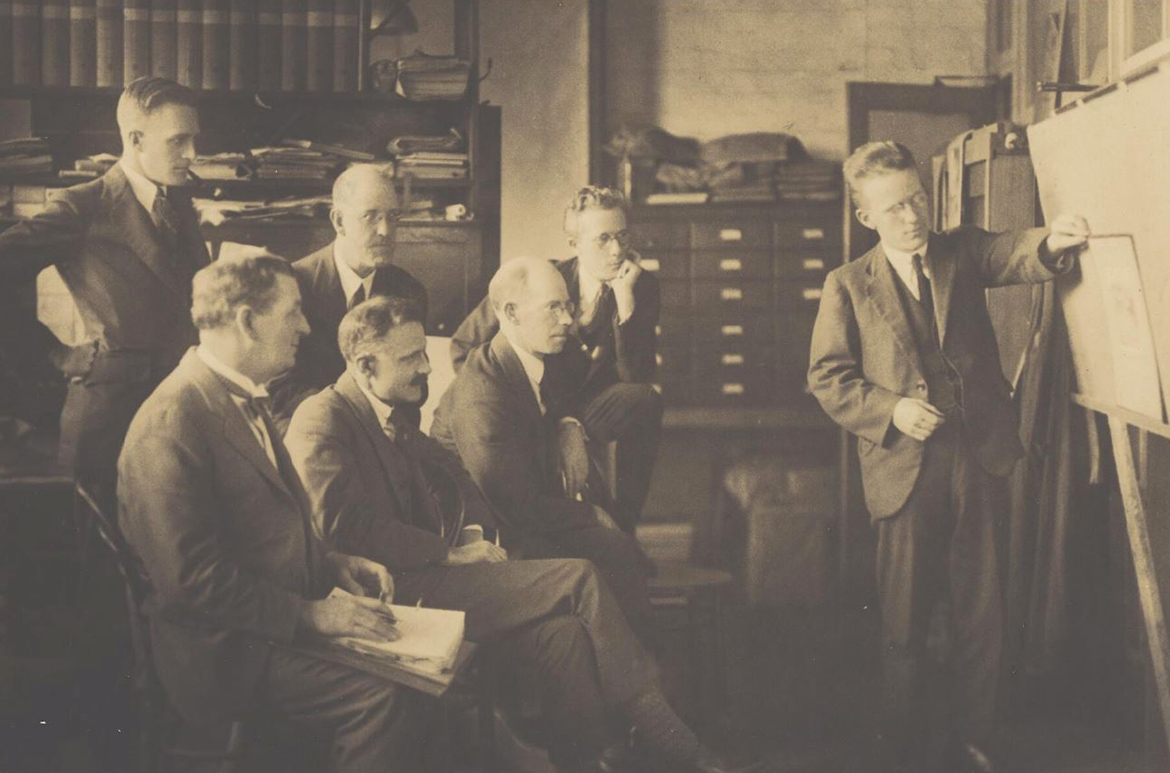
Stanley W Eutrope ‘After summer rain’

Stanley W Eutrope ‘The guardian gum’
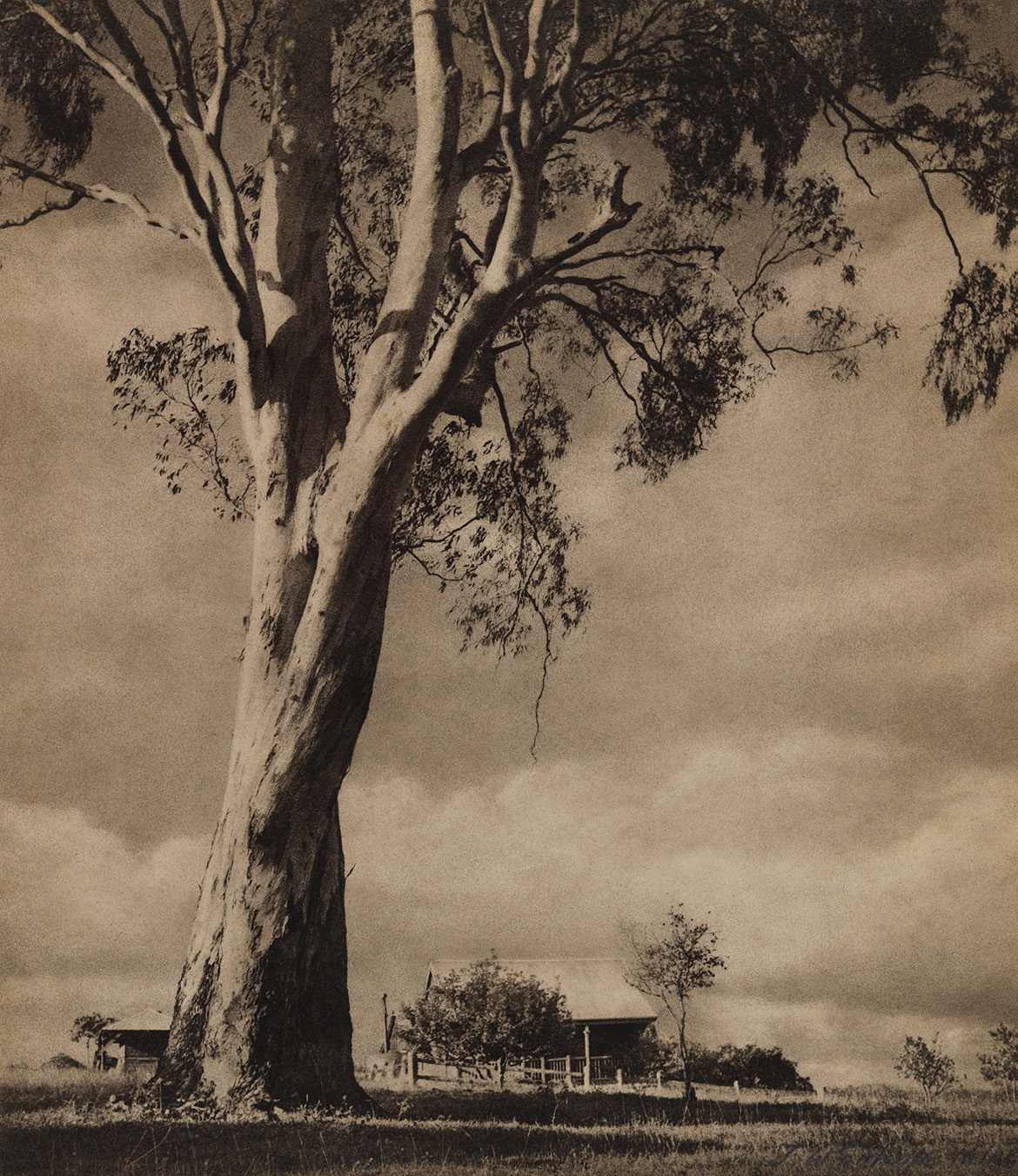
Edited curatorial extracts, research and supplementary material compiled by Elliott Murray, Senior Digital Marketing Officer, QAGOMA, based on Michael Hawker’s research for 150 Years: Photography in Queensland.
#QAGOMA

